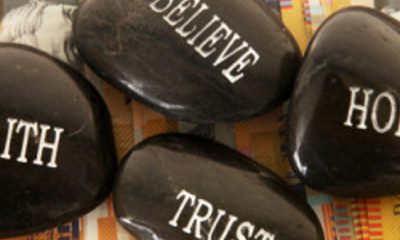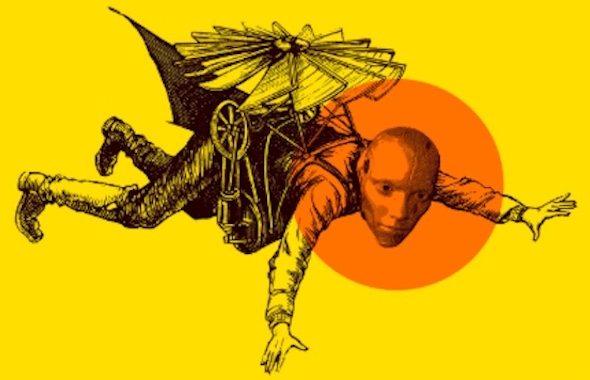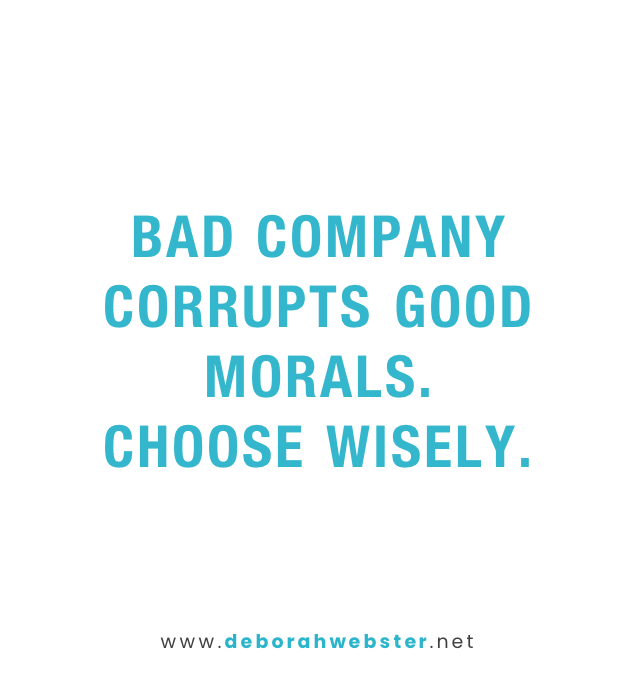Ask a person the reason they love to travel, and often they say to experience different cultures. Human beings seem to be intrigued by the social norms and ways of living of their fellow man in different cities and villages around the world. Having the experience and exposure to other cultures somehow adds colour to our own lives, a certain richness.
What we are less aware of perhaps are the unique cultures we create in these environments called workplaces. Just as a travel brochure is not the same as visiting a country, company culture is not what it says in a company handbook or website. It is the experience.
But how can we translate something seemingly ethereal into something more tangible and why is it even necessary?
The ‘spirit’ of a company
Just as any culture around the world is formed over time through traditions, cultural norms, societal needs, forms of communication, behaviours and attitudes, so too is corporate culture.
Through a combination of day-to-day interactions, we create the environments we work in, and those environments come with particular qualities regarding desired and accepted behaviours, attitudes, principles and modes of communication.
There is one main difference though – I am not aware of any society in the world that set out to create a particular culture intentionally, consciously. Instead, the culture morphed through the ages. It could be said some companies morphed in the same way, directed mainly through the attitude and conduct of the board, leaders and managers, and the behaviours that were tolerated.
But if you stop to think about it for a moment, corporate culture gives us a fantastic opportunity. Through our actions, we can shape and form a mini-society that lends itself to our highest ideals. We can enable others to step up to the plate and be their best. We can focus on and achieve a unified purpose and direction.
And quite scary in the wrong hands.
So how do we get it right?
Setting the Tone
If you want to establish the ‘right’ culture – start with yourself. Whether you are aware of it or not, your character, your conduct, value system and manner of treating others is akin to a metronome, the timekeeping device used in music to keep everyone in sync. So ask yourself some key questions:
Who are you, what do you stand for, what drives you? How do you treat others? Are you a person of your word? Can you be trusted? How do you come across – friendly, approachable, aloof, firm but fair?
How do you communicate, what is your preference – formal, structured, agenda-led, walk around the floor? How do people interact with you and react to you?
What is your business ethos and how does it translate into practice?
Your people
The people you surround yourself with and the manner in which you interact with them speaks volumes. If for instance, you are smart enough (and humble enough) to realise that you are not great at everything and surround yourself with people who are ‘better’ than you, you have set the scene for greatness. That is of course if you also create the environment for them to speak their mind and you are open-minded enough to listen.
Measuring success
What does success look like for you and your company? Is it just about profit at all costs? What milestones do you measure and reward? Does the manner in which people reach objectives matter and are they taken into account? Are certain behaviours tolerated, just as long as there are results?
Aligning vision with practice
A lofty and noble vision is all well and good, but it’s what you do in practice that counts.
Do not underestimate the impact that your actions and conduct have in setting the standards and the cultural tone. So ask yourself: Do you want to create an environment in which compromising behaviours are tolerated in the name of profit? Or, do you want to generate an environment that nurtures, develops and engages competence and character, to build great companies that add value to more than just their profit margins?
As featured in WorkLab





























